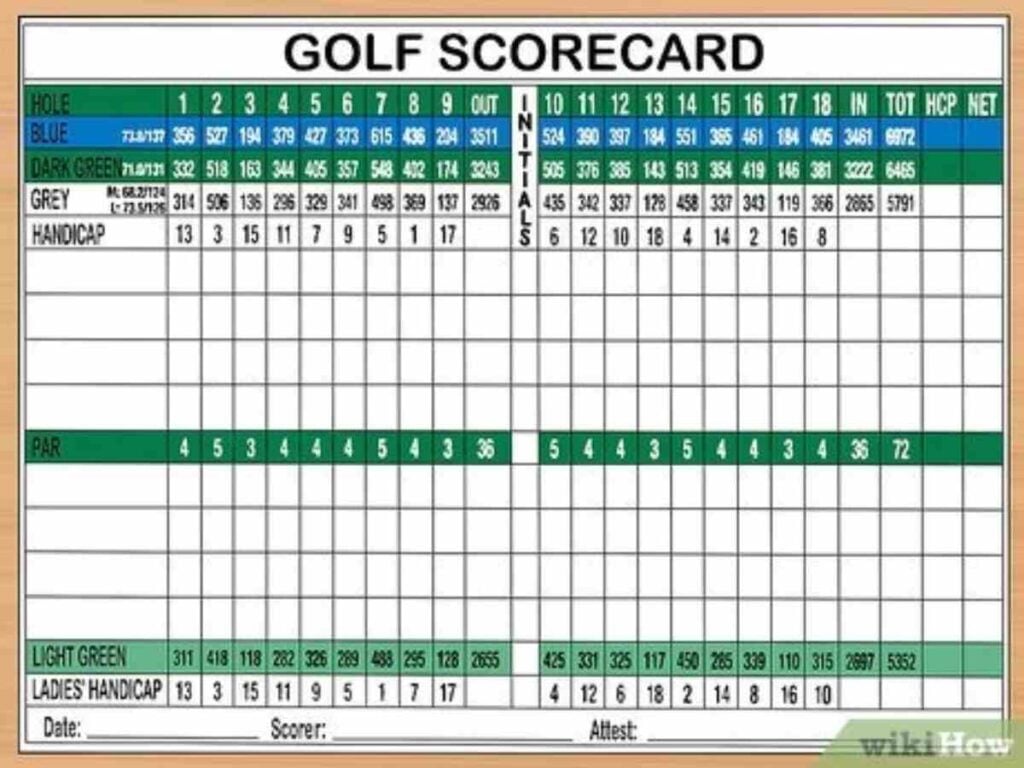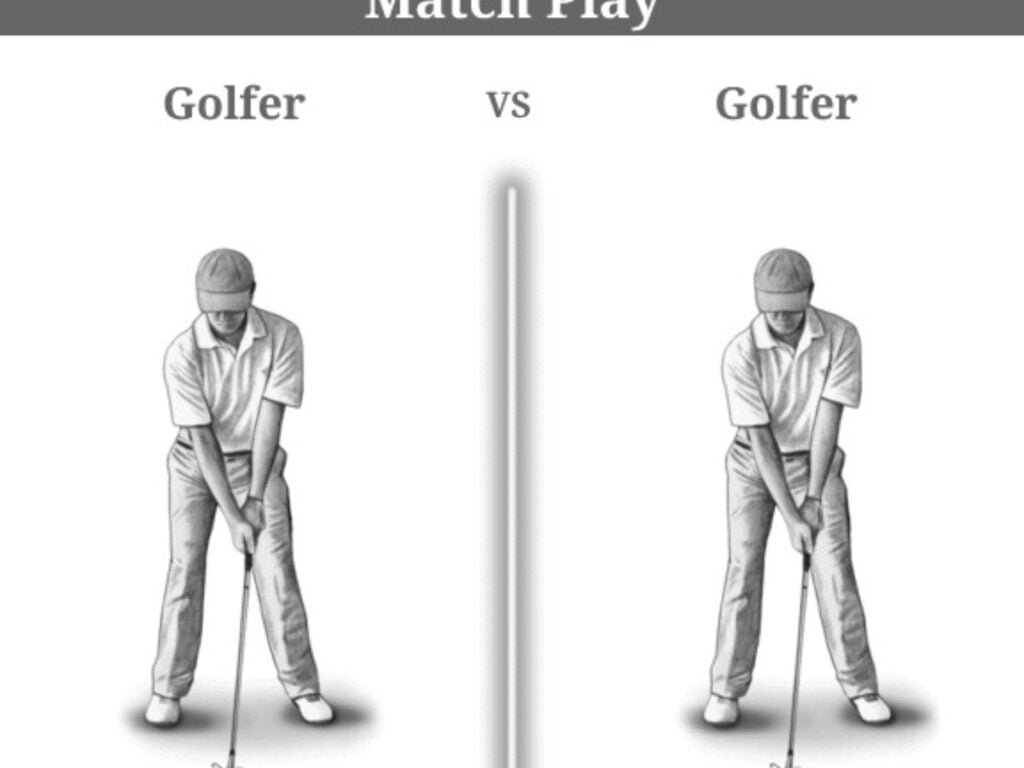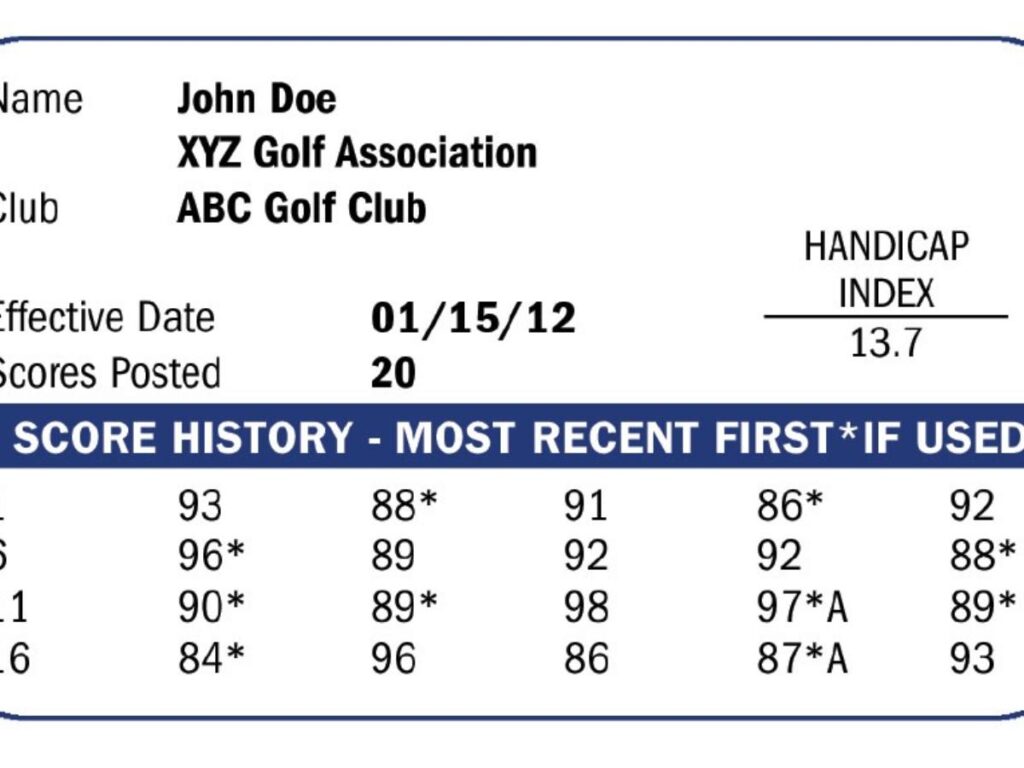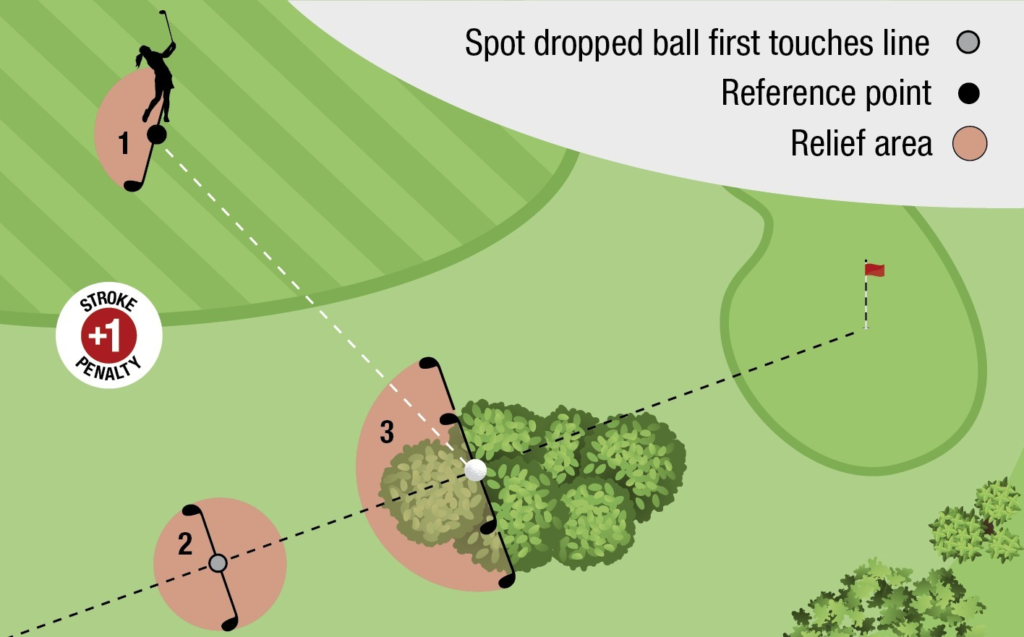How does scoring in golf work?
Here is what every rookie golfer needs to know about scoring in golf.

Golf scoring is one of the most important aspects of the game and can make all the difference between winning or losing. But, what exactly goes into scoring golf?
Golf scoring looks at various criteria such as a player’s number of strokes, total score, and relative position in comparison to other players.
The objective is to lower a player’s score relative to other competitors, so understanding how to calculate it correctly is essential for being a successful golfer. This guide will offer a comprehensive understanding of the basics of scoring in the beautiful game of golf.
Related: Why is Tiger Woods not participating in the Players Championship 2023?
Understand How Strokes are Counted in Golf

The number one factor when it comes to scoring in golf is the number of strokes used. Each hole you play should have a certain amount of par that must be attained by each player participating.
Par is the designated stroke count for that particular hole with no penalty for hitting extra shots on it. If a golfer takes more than par on any given hole, he or she must add one point to their total score for every stroke taken over par — this is also known as “over par .”
Determining Total Score in Golf

The goal in golf is usually to finish with the lowest possible score and this can only be achieved if players know your total score throughout each round that you play.
Players need to do this by keeping track of their strokes throughout each hole and then combining them together at the end — so if a player has hit 3 over par on Hole 1, 4 over par on Hole 2, etc., their final total would be calculated accordingly.
If a player’s overall points are lower than those around them (or lower than par), then they are considered winners.
Match Play

Match play is when two players compete against each other over 18 holes and compare their scores at the end to determine a winner.
For example, if both players make par on all 18 holes but one takes 22 putts while the other takes 24 putts, then it will be considered a tie since they both had an equal amount of shots taken to finish 18 holes.
Depending on whether it’s singles or doubles match play, there could also be losses by more than one point based on how many more strokes it took for a certain player to finish compared to their opponent.
Using Handicaps Through Competitive Play

If players are playing competitively against others, handicaps may be used by some governing bodies (such as tournament officials) as part of their systems when scores are being tallied up — they typically assign an extra stroke allowance based on a golfer’s skill level which helps normalized competition between players of various abilities/skill levels.
This means that even if someone has less experience they can still remain competitive amongst more experienced adversaries.
Penalty Strokes

Penalty strokes are an important aspect of the game of golf that all players must be aware of. Whether it is a casual round or in a professional tournament, penalty strokes can greatly affect a golfer’s score. When shots result in the ball being hit out of bounds or into a water hazard, an additional stroke should be taken to re-hit.
Similarly, if the golfer is unable to locate their golf ball in play, they must go back and hit from their previous position plus one stroke. Professional golf also features additional penalties for more unusual rules that players should know about before playing.
This includes asking another player what club they used, accidentally hitting an opponent’s ball while taking a shot and even cases when the club touches the sand or hazard prior to hitting. In each case, the player is penalized with an extra stroke added onto their overall score.
Penalty strokes may seem arbitrary but they ultimately serve to protect not only players on the course but also those watching at home who expect complete fair play without any potential shenanigans influencing results.
What is a good score in golf?

Golf scores can vary substantially depending on the skill level of the golfer. Professional golfers who compete in PGA tournaments strive to consistently shoot below par on every course that they face. Shooting under par for experienced professionals is generally considered a good score and something to strive for during a competitive round.
For new and recreational golfers, a good score is entirely relative; first-time golfers may consider anything below 120 as a good score, while more experienced players set their sights on aiming for scores under 100. This is entirely dependent on the golfer’s skill level, but any score lower than an individual’s typical result is usually viewed as progress in the sport and thus can be seen as a successful score.
Different courses come with different degrees of difficulty, so what constitutes as a good score can differ from course to course. Nonetheless, all players should always have their progress in mind as they play because it is ultimately going to help them improve over time.
Constantly improving your performance every round regardless of whether you win or lose is essential to becoming a better golfer. Taking pride in lowering your scores incrementally over time is an effective way to keep motivated and make strides toward becoming a better overall player.
In case you missed it:
Tiger Woods Children: Who is Tiger Woods’ son Charlie Axel Woods?
Tiger Woods’s parents: Who was Tiger Woods’s father Earl Woods?







